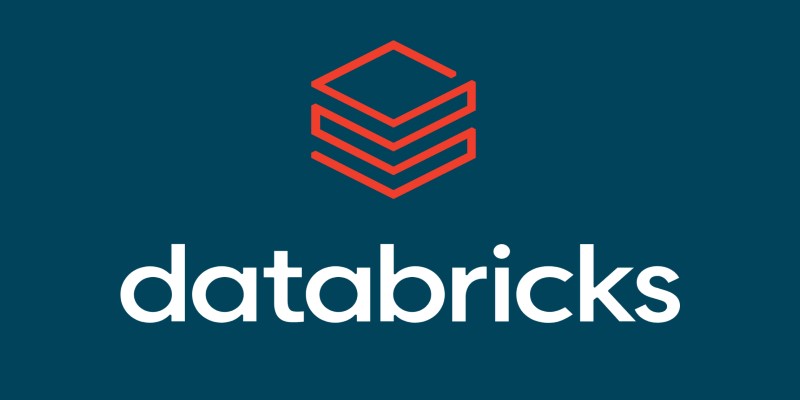Advertisement
Data science isn't just a buzzword anymore. It's at the core of how organizations make decisions, improve customer experiences, and forecast the future. From healthcare to finance, every industry has realized that data, when treated right, turns into insight. And that's where these companies come in. The following data science firms have gone beyond basic analytics, each bringing something unique to the table. Their contributions aren't measured by the size of their offices or their client lists but by how well they make raw data work harder, smarter, and faster.

Palantir defies the standard playbook. Instead of targeting a single sector, it designs software that conforms to the unique requirements of each customer, however complex they may be. Government institutions utilize it to monitor fraud or enhance national security. Private enterprises use it for operational effectiveness and real-time analysis. What is unique to Palantir is its capacity for big data processing and presenting the output in a manner understandable to teams and actionable. The platform does not simply reveal to you what is occurring; it informs you of what is most important.
IBM may be a legacy tech brand, but its approach to data science is far from outdated. Through its Watson platform, IBM has managed to combine artificial intelligence and data analysis in a way that feels less like experimentation and more like everyday business. From helping banks detect fraud faster to assisting doctors in making clinical decisions, IBM’s focus is on bringing structure to massive amounts of unstructured data. Its services go deep into predictive analytics, natural language processing, and automation—always aiming to make sense of complexity.
SAS has been around longer than most people associate with data science, but it has evolved consistently. What sets it apart is its ability to maintain a strong core analytics engine while integrating newer tools, such as AI and machine learning. SAS doesn't just build algorithms; it ensures they stay relevant and reliable. Clients in sectors like healthcare, retail, and education trust SAS for its transparency, documentation, and accuracy. It's not flashy, but it delivers with precision and consistency—two things that matter when decisions have serious consequences.
Snowflake takes a different angle. It's not just about analysis—it's about where and how your data lives. As a cloud data platform, Snowflake focuses on accessibility and speed. It lets organizations store all their data in one place, whether it's structured or not and makes that data immediately available for analysis. What many users appreciate is its simplicity: you don't have to move data around endlessly or worry about compatibility. Analysts can run queries without waiting, engineers can build faster, and decision-makers can get answers when they need them—not after another meeting.

If you’ve heard of Apache Spark, then you already know part of Databricks’ story. The company was founded by the creators of Spark, and it hasn’t stopped innovating since. Databricks blends big data processing with machine learning and AI tools. It’s known for being developer-friendly, which has made it popular among engineers who need flexibility but don’t want to build everything from scratch. The unified approach to analytics, engineering, and AI is one reason so many tech-forward companies prefer it. It gives data teams the freedom to experiment while keeping everything in one collaborative space.
Alteryx focuses on making data analysis more approachable, especially for users who aren’t coders. The company has built an end-to-end analytics platform that simplifies the process of data prep, blending, and modeling. Its drag-and-drop interface means teams can focus on asking better questions rather than learning a new programming language. What makes Alteryx effective is its speed: tasks that used to take days now take hours. For many mid-sized businesses or teams without large data science departments, Alteryx levels the playing field.
TIBCO has positioned itself as a leader in connecting, predicting, and acting on data in real-time. Its analytics tools are known for handling both streaming and static data, which is valuable for industries like transportation or telecommunications, where timing matters. TIBCO's strength lies in integration—it doesn't force companies to abandon old systems. Instead, it brings different tools and platforms together under one roof. The company's Spotfire platform is particularly popular for its visual analytics capabilities, letting users spot trends and outliers in just a few clicks.
Born out of the data operations behind a presidential campaign, Civis Analytics focuses on helping organizations understand people. Whether it’s a nonprofit looking to engage donors or a business trying to improve customer loyalty, Civis helps teams segment, model, and predict behavior. Its approach combines modern machine learning techniques with a strong emphasis on data privacy and ethical use. What sets it apart is its commitment to making data science usable by non-specialists. The tools are designed so that marketing teams, strategists, and policy experts can all speak the same language—even if that language isn’t Python.
RapidMiner built its reputation on providing an open-source data science platform, and that foundation of transparency still shows in its commercial offerings. The platform is built for end-to-end workflows, covering everything from data prep to modeling and deployment. It also includes automation features that help analysts avoid repetitive tasks. What’s appealing about RapidMiner is how it balances flexibility with usability. Data scientists can customize their models deeply, but new users can still run projects with guided templates. It’s a platform designed to grow with its users.
Every company on this list approaches data science differently. Some focus on infrastructure, others on ease of use, and others still on advanced modeling. But what they all have in common is a commitment to turning information into something actionable. They don’t just analyze; they help businesses understand what to do next.
As data continues to multiply, these companies aren’t just following trends—they’re helping shape what happens next in data science. Their work isn’t flashy or theoretical. It’s practical, often invisible, and always focused on making better decisions.
Advertisement

How the ORDER BY clause in SQL helps organize query results by sorting data using columns, expressions, and aliases. Improve your SQL sorting techniques with this practical guide

How to Integrate AI in a Physical Environment through a clear, step-by-step process. This guide explains how to connect data, sensors, and software to create intelligent spaces that adapt, learn, and improve over time

How the Vertex AI Model Garden supports thousands of open-source models, enabling teams to deploy, fine-tune, and scale open LLMs for real-world use with reliable infrastructure and easy integration

If you want to assure long-term stability and need a cost-effective solution, then think of building your own GenAI applications

Explore the role of a Director of Machine Learning in the financial sector. Learn how machine learning is transforming risk, compliance, and decision-making in finance

Why is Alibaba focusing on generative AI over quantum computing? From real-world applications to faster returns, here are eight reasons shaping their strategy today

What a Director of Machine Learning Insights does, how they shape decisions, and why this role is critical for any business using a machine learning strategy at scale

A company developing AI-powered humanoid robots has raised $350 million to scale production and refine its technology, marking a major step forward in humanoid robotics

Learn the top eight impacts of global privacy laws on small businesses and what they mean for your data security in 2025.

Sisense adds an embeddable chatbot, enhancing generative AI with smarter, more secure, and accessible analytics for all teams

Thinking about upgrading to ChatGPT Plus? Here's an in-depth look at what the subscription offers, how it compares to the free version, and whether it's worth paying for

What Amazon Bedrock is and how AWS’s generative AI service helps businesses access powerful foundation models, customize AI applications, and simplify integration through a single platform